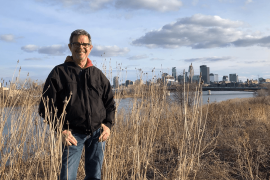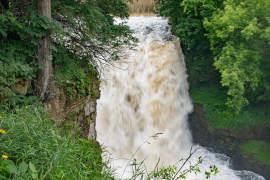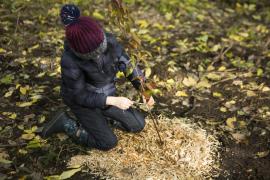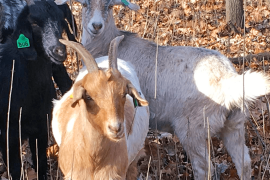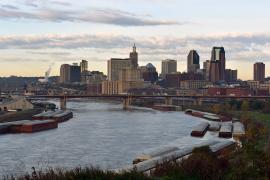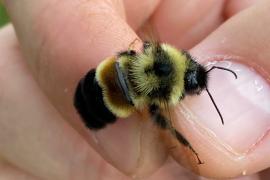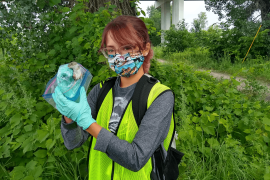For Randy Miranda, volunteering every week to tend FMR's prairie restoration at Ole Olson Park near his home was a meditative way to give back and get through the pandemic. Here are Randy's reflections on why he volunteers and what we've accomplished together. >>
Read moreEnjoy our 2023 annual report
Celebrate a full, impactful year by exploring our interactive digital report's stories, pictures and more
